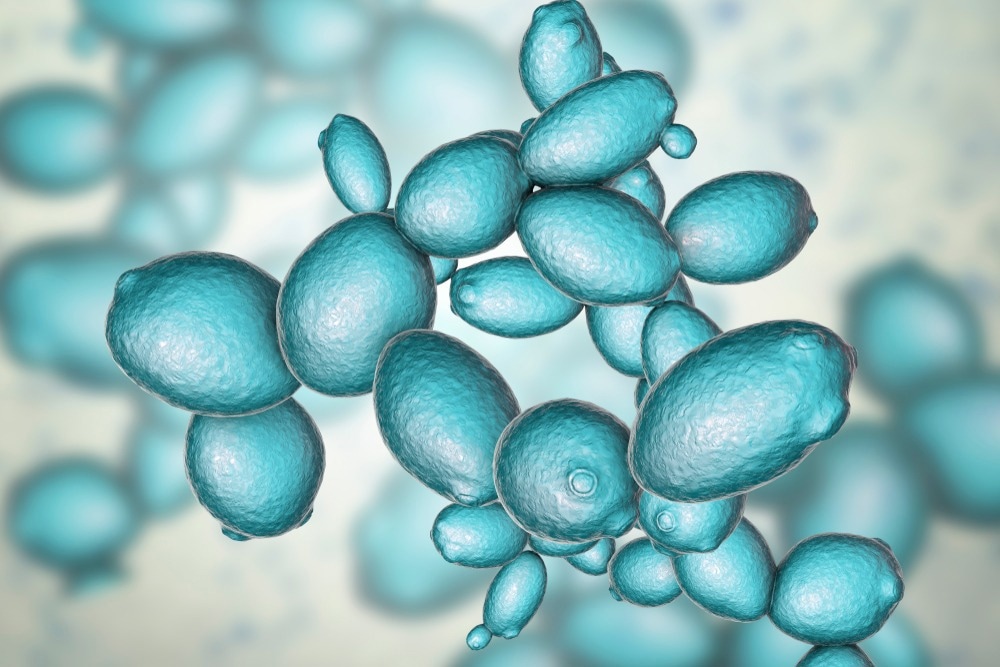Investigators at the State University of Campinas (UNICAMP) in Brazil collaborated with coworkers at Harvard University in the United States to conduct inventive research on the DNA and population dynamics of Saccharomyces cerevisiae, the yeast used by plants throughout Brazil to generate fuel ethanol from sugarcane, to find routes to more stable, consistent, and predictable fermentation performance.

Image Credit: Kateryna Kon/Shutterstock.com
The study’s foundations were metagenomics and whole-genome sequencing (the analysis of a collection of genomes from a community of organisms). An article detailing the findings appeared in the journal G3: Genes, Genomes, Genetics.
Although S. cerevisiae (brewer’s yeast) predominates, foreign strain invasion is common because fermentation conditions are influenced by factors like sugarcane variety, process design, operating conditions, and weather, not to mention evolutionary change over the course of a fermentation season, making each of Brazil’s 400 industrial sugar and ethanol plants a distinct ecosystem.
Insects or birds from different conditions may introduce wild strains into the industrial environment. Bacterial contamination also affects fermentation, but this is not completely understood.
Researchers from UNICAMP’s School of Food Engineering (FEA) and Harvard’s Department of Organismic and Evolutionary Biology monitored yeast population dynamics in two biorefineries over two production seasons in the research, which was financially supported by FAPESP (April-November 2018 and April-November 2019).
Researchers constructed a phylogenetic tree using data for more than 1,000 yeast strains from a European study published in 2018, as well as their novel statistical framework on a combination of metagenomic and clonal sequencing data for about 150 clones from these biorefineries.
DNA sequencing is like fingerprinting. We use it to identify the microorganisms in ethanol fermentation. We found that despite the presence of invasive strains and the non-aseptic nature of fermentation, all bioethanol lineages were clustered on the same branch of the tree. They were all related and belonged to the ethanol fermentation environment. This is probably why the main indicators of the process remained very stable in both production seasons.
Andreas Gombert, Study First Author and Professor, State University of Campinas
All four scenarios examined were observed to be distinct, with no discernible pattern. In one case, all lineages present throughout the production period descended from one of the starter strains, whereas in another case, invading lineages took over the population and replaced the starter strain. Differences between successive production periods for the same biorefinery were less noticeable than differences between industrial units.
Next Steps
The researchers hope to gain a better understanding of yeast population dynamics. For instance, which adaptations make each lineage more likely to survive in each biorefinery’s fermentation environment, and why do others disappear? What effect do external agents, like bacteria, have on the process?
To find out, we will invest in analysis of not only yeast DNA and but also the DNA of the bacteria that contaminate the process, and then correlate the dynamics of both. This is what we call ethanol fermentation ecology.
Andreas Gombert, Study First Author and Professor, State University of Campinas
Journal Reference:
Rego-Costa, A., et al. (2023). Yeast population dynamics in Brazilian bioethanol production. G3: Genes, Genomes, Genetics. doi.org/10.1093/g3journal/jkad104.